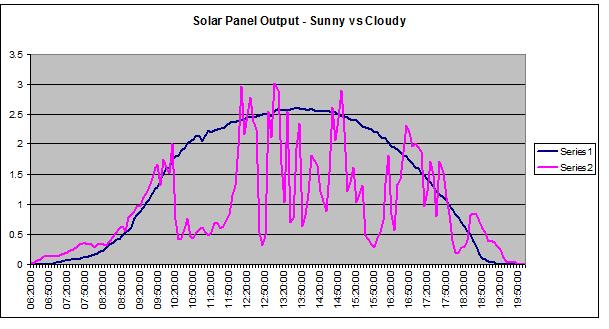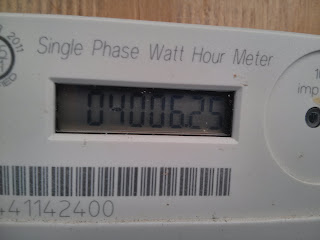I've had my solar panels for 10 years this year and over that time registered the generation meter readings every 3 months or so to get the FIT (Feed in Tariff) payments from British Gas.
I've come to do the same today and the British Gas website is refusing to accept the installation ID for my system. The number I have had since the system was fitted starts 95000 and is 12 digits long yet the BG FIT payment screen insists that the ID must begin with a 5 and be 10 digits long.
It would appear that British Gas have made some amendments to their FIT payment screens but not actually checked whether they work.
Update - on checking elsewhere it appears that BG have generated new Installation IDs but failed to actually inform any of the solar owners what the new numbers are or even to put a message on their website to let people know that it has changed.
Quite incredibly the help icon next to the error that states the installation ID must be 10 characters actually shows a 12 digit number next to it!
Very poor show British Gas! Maybe it's a deliberate ploy to stop people claiming their FIT payments!
http://uk-solarpanels.blogspot.com/feeds/8061374155436394693/comments/default


